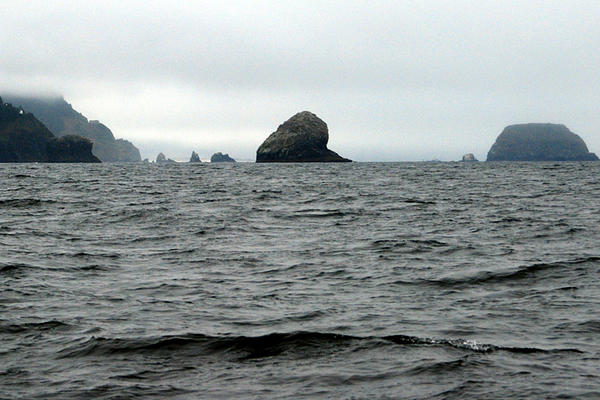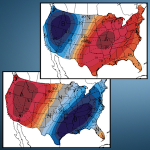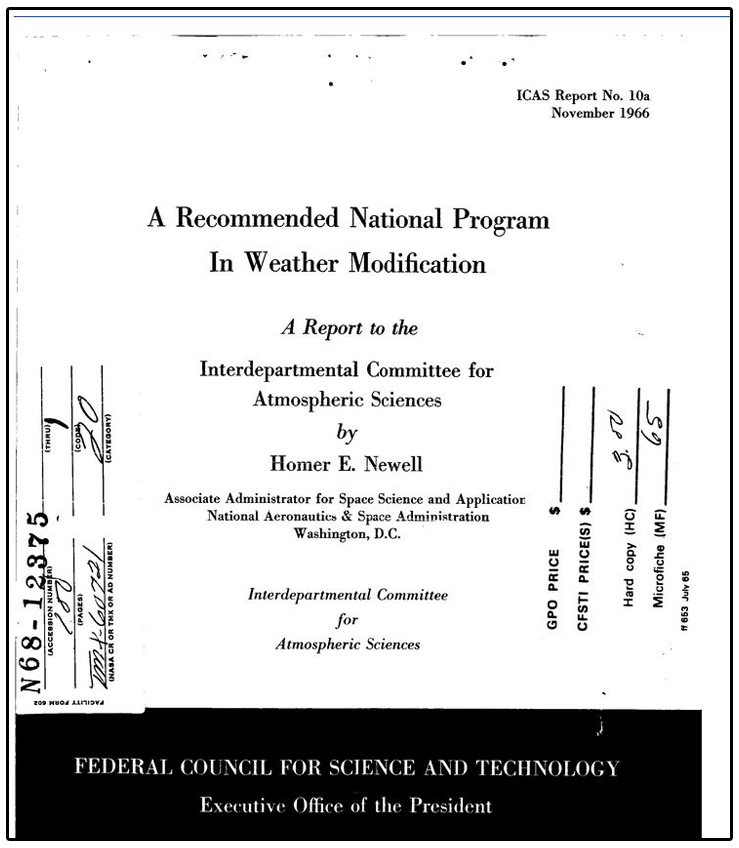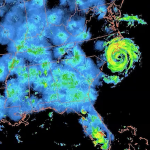Global warming’s effect on oceans is greater than realized, researchers say

Effect of climate change on upper-ocean temperatures has been underestimated by 24 to 58 percent, a study by NASA and Livermore Laboratory concludes.
Source: Christian Science Monitor
The world’s upper oceans may have stored far more heat from the warming climate than previously thought, according to a new study that purports to provide the first rough estimate of the amount of heat researchers have missed in their attempts to measure changes on the oceans’ heat content.
If the results hold up to additional scrutiny, they suggest that global warming’s effect on upper ocean temperatures between 1970 and 2004 has been underestimated by 24 to 58 percent, largely the result of sparse long-term measurements in the southern oceans, according to Paul Durack, the lead author of the study conducted by researchers at the Lawrence Livermore National Laboratory in Livermore, Calif., and NASA’s Jet Propulsion Laboratory in Pasadena.
Getting ocean heating right is important for estimating the amount of sea-level rise caused by the expansion of seawater as it warms and the amount attributed to melting of land-based glaciers and ice sheets, researchers say.
Ocean heat storage also influences estimates of how sensitive the climate system is to changes in greenhouse-gas levels, a key piece of the puzzle climate models must have to project possible trajectories for human-triggered climate change. Regionally, it influences the pace at which glaciers carrying ice from the world’s major land-based ice sheets on Greenland or Antarctica flow to the sea. Ice shelves along the coast, which act as breaks on the pace of ice loss from these outlet glaciers, melt from underneath as warm water wells up from depth and flows beneath the shelves.
Just as the oceans absorb a significant proportion of the carbon-dioxide humans add to the atmosphere, mainly through burning fossil fuels, the oceans take up about 90 percent of the heat attributed to this build-up of greenhouse gases. Southern-hemisphere oceans represent about 60 percent of the world’s oceans.
The notion that scientists have underestimated ocean warming isn’t new, noted Dr. Durack in a prepared statement. But this new study represents “the first time that scientists have tried to estimate how much heat we’ve missed,” he added.
The team used ocean-temperature measurements for the upper 2,300 feet of the oceans, satellite measurements of sea level, and the latest computer models to hunt for the missing heat. They based their hunt for the missing heat on the idea that sea water expands as it warms, raising global average sea levels.
The team found that the rate of sea-level rise the models produced tracked fairly closely with the rise satellites measured for each hemisphere. The researchers then used the models to estimate the rate of change in ocean temperatures needed to produce each hemisphere’s sea-level rise and compared them with the measured temperature changes. Modeled upper-ocean warming rates needed to be increased for both hemispheres to match the measurements, but the southern hemisphere’s results needed far more adjusting.
The researchers attribute this to a paucity of temperature measurements in the southern oceans between 1970 and the early 2000s, when robotic floats aimed at making the measurements were released in large numbers.
These numbers aren’t the final word, researchers note, because inferring ocean-temperature changes from changes in sea-level rise can get messy.
At this stage, for instance, melting land ice is contributing about as much to sea-level rise as is thermal expansion of sea-water itself, note Gregory Johnson and John Lyman, both researchers with the National Oceanic and Atmospheric Administration.
Still, the results – as well as those of a companion study finding no significant temperature changes in the deep ocean – point to a need to continue detailed measurements of the upper ocean, as well as begin a comparable effort to track changes in temperature at greater depths. Both studies and the comments from Drs. Johnson and Lyman appear in this week’s issue of the journal Nature Climate Change.
Source: Christian Science Monitor








































































































































Leave a Reply